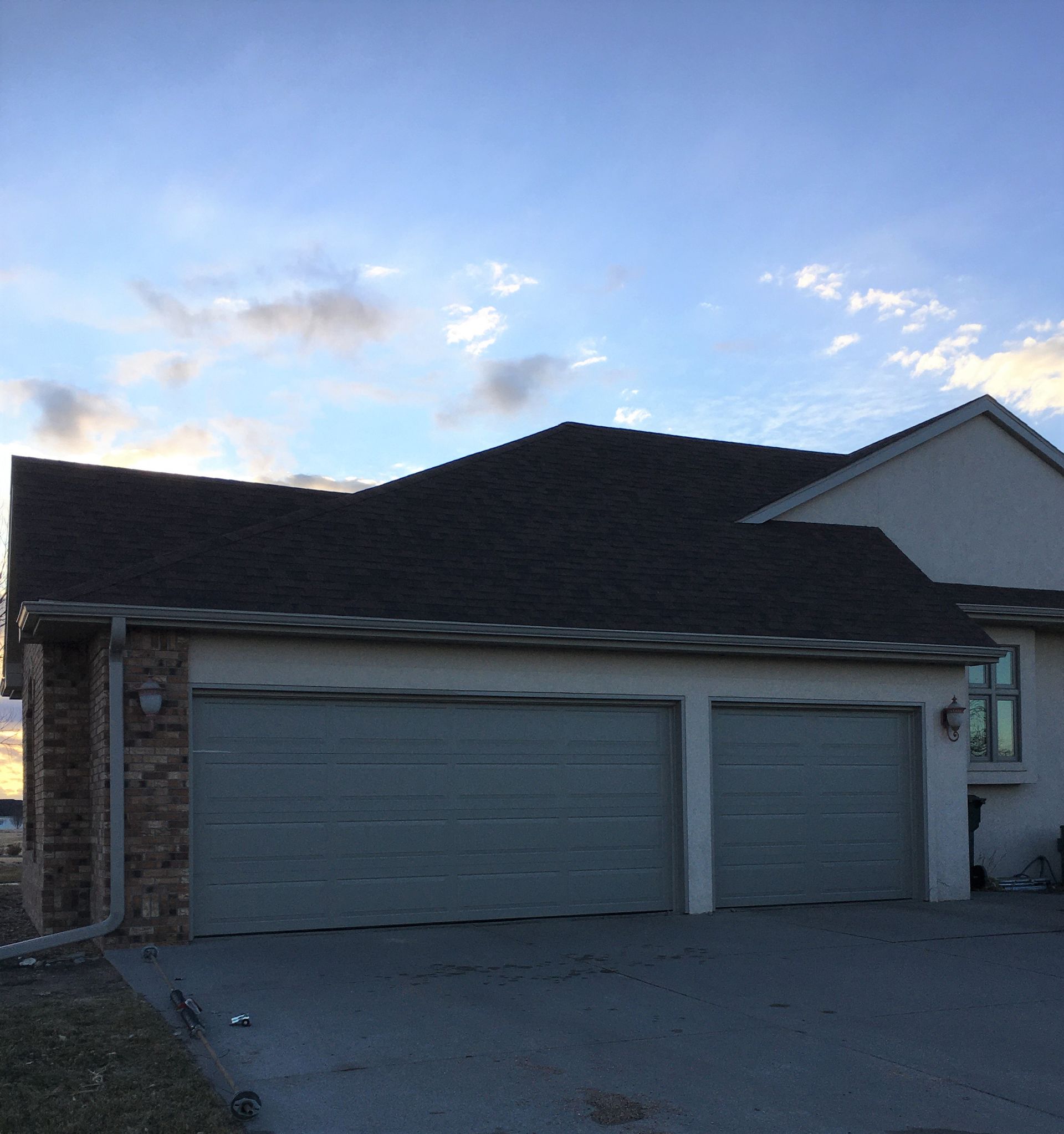Your roof’s color isn’t just an aesthetic choice—it can directly impact your home’s energy efficiency and comfort. Let’s explore the science behind roof colors and help you decide the best option for your climate.
The Science of Roof Color and Heat Absorption
The color of your roof plays a significant role in heat absorption. Dark colors, like black, absorb more heat, raising roof surface temperatures and warming your home. White roofs, on the other hand, reflect sunlight, keeping temperatures cooler and reducing strain on cooling systems.
Climate Considerations: When to Go Light or Dark
The color of your roof should be based on your region’s climate:
- Tropical Climates: If you live in a hot climate, a white or light-colored roof will help reflect the sun's heat, keeping your home cooler and saving on energy bills.
- Chilly Climates: In cold climates, darker roofs absorb more sunlight, helping to keep your home warmer and reducing heating costs.
- Moderate Climates: In moderate climates, a neutral or slightly darker shade may be the best option, depending on your insulation and overall energy needs.
The Role of Roof Colors in the Urban Heat Island Effect
White roofs can help mitigate the urban heat island effect, a phenomenon where urban areas become significantly warmer due to dark roofs and pavement. By reflecting sunlight, white roofs cool down cities and reduce energy consumption.
Weathercraft’s Tips for Choosing the Right Roof Color
Here are some key factors to consider when choosing your roof color:
- Climate Considerations: Think about your region’s weather patterns.
- Roof Material Compatibility: Ensure the roofing material you choose is compatible with the color.
- Aesthetic Appeal: Complement your home’s exterior for a cohesive look.
- Energy Savings: Weigh the initial cost against future savings on energy bills.
At Weathercraft, we guide homeowners in choosing the ideal roof color and material to suit their needs and budgets.
